Order: Asterales. Family: Asteraceae
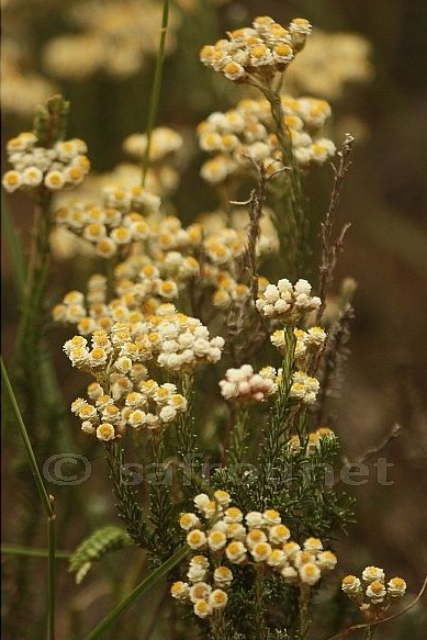 © nan
© nanBontebok National Park
Description
Straggling, thinly felted perennial shrublet to 30 cm with stiffly spreading, needle-like leaves, hooked at the tips, more or less hairless above but white-woolly beneath, with the margins rolled under; bears dense clusters of bell-shaped, disciform or discoid flowerheads 5x5 mm, with creamy white bracts that are spreading at the tips. Flowers between July and November.
Distribution
South African endemic, very widespread from the southwestern Cape to KwaZulu-Natal. It ranges from Piquetberg and the Great Winterhoek Mountains through the SW. and southern Cape to the Eastern Cape as far inland as Grahamstown and Dohne, thence along the coast to KwaZulu-Natal, where it reaches the northern limit of its distribution at Durban Bluff.
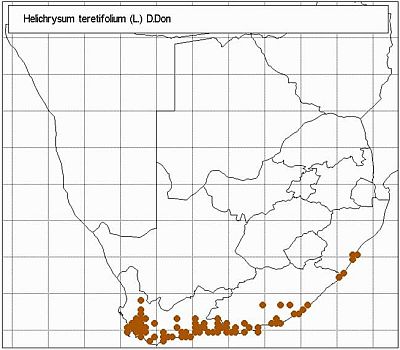
Habitat
Sandy slopes and dunes in Albany Thicket, Fynbos, Grassland, Indian Ocean Coastal Belt. It grows in shrub communities, often on sand, on stabilized dunes near the sea or on mountain slopes, often in dense stands.



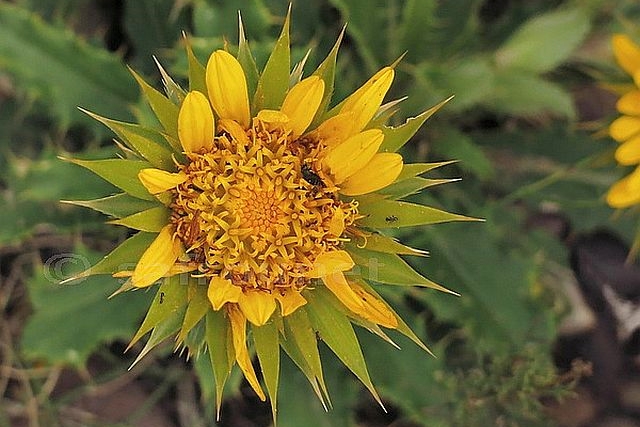 © nan
© nan © Toko
© Toko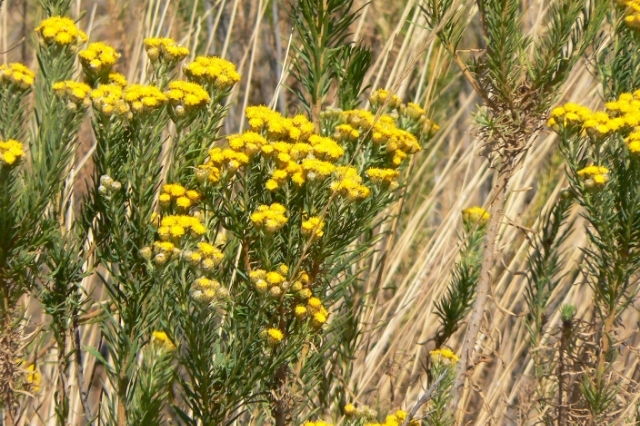 © Toko
© Toko © Toko
© Toko © nan
© nan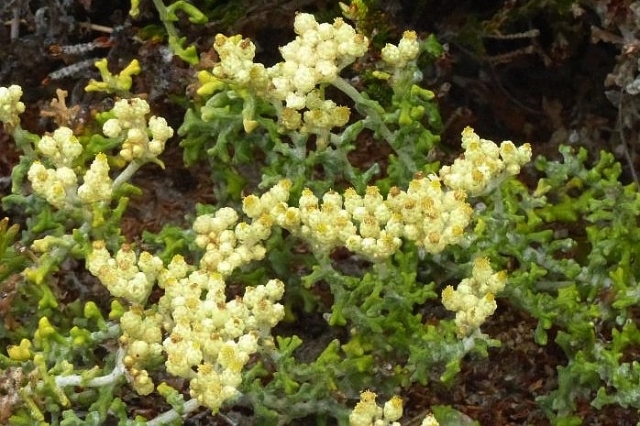 © arks
© arks © arks
© arks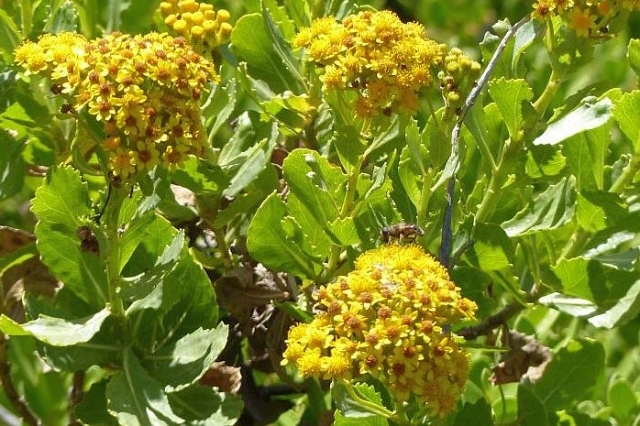 © arks
© arks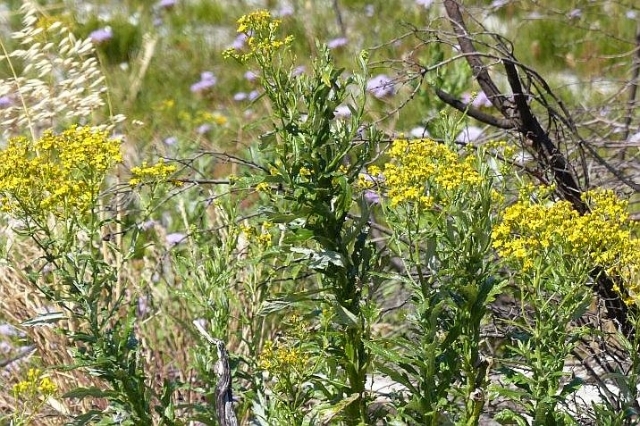 © arks
© arks